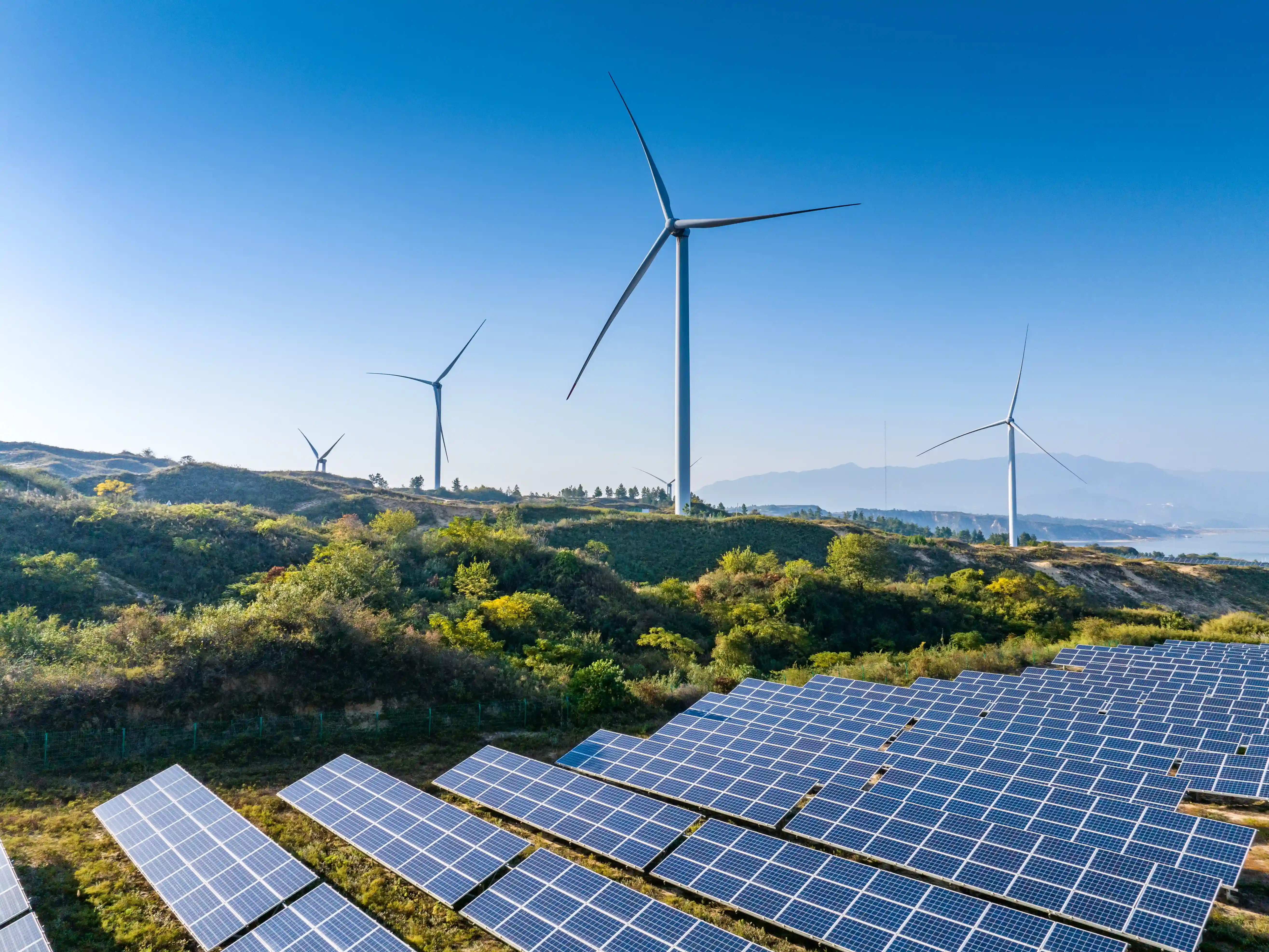21 July 2025
8 min read
#Renewable Energy, #Local Government
Published by:

On July 18 2025, the Planning (Social Impact and Community Benefit) and Other Legislation Amendment Act 2025 (Qld) (Act) commenced in full, introducing a suite of major planning reforms designed to manage the social impacts of large-scale developments currently prescribed under the Planning (Social Impact and Community Benefit) and Other Legislation Amendment Regulation 2025 (Regulation) (also commencing on 18 July 2025) as:
Coinciding with these legislative amendments, a new version of the Development Assessment Rules also came into effect.
This article outlines key considerations for local governments and renewable energy developers when dealing with new or pre-existing development applications (i.e. those made but not decided before 18 July 2025), including change applications, for large-scale wind and solar farm developments.
It is important to note that additional large-scale developments that will have social impacts could be prescribed in the Regulation in the future to trigger the social impact assessment (SIA) requirements set out below.
A social impact, in relation to development that requires a SIA (i.e. a development prescribed by the Regulation), means the potential impact of the development on the social environment of a community in the locality of the development including the potential impact of the development on:
Importantly, a social impact can be, positive or negative, direct or indirect or cumulative of the development and other uses.
If a development triggers an SIA, the development application or a change application must include the following, unless the chief executive has given notice to the applicant that it is not required:
These requirements are in addition to the usual requirements, such as the application being in the approved form, accompanied by the required documents, required fee and written consent of the land owner (where applicable).
Social Impact Assessment report
An SIA report is about the social impact of the development and must:
The Social Impact Assessment Guideline released in July 2025 provides further guidance on what must be included in an SIA report.
Community Benefit Agreement
A CBA is an agreement about providing a benefit to the community in the locality of the development requiring the SIA and how a developer will support local communities. It must be signed with the local government authority where the project is located and any adjacent Local Government Areas identified in the SIA as impacted.
The CBA must include information about the benefit to the community, this information could include benefits such as:
It should be noted that a CBA does not constitute an infrastructure agreement, even if it relates to providing or funding infrastructure.
Where financial contributions are made to a community under a CBA, the relevant local government will be required to report on the receipt and expenditure of any funds received as part of its annual financial statement reporting.
To the extent of any inconsistency:
The chief executive may give a notice to an applicant of a development application or change application stating that an SIA or a CBA is not required for the application if it is appropriate in the circumstances for the development application or change application to be made without a SIA report or a CBA. In particular, such a notice about a CBA may be given if a SIA report states that the development will not have a social impact or will have a minor social impact only.
When deciding whether to give such a notice, the chief executive may consider any matter they considers relevant and must consider the following matters:
At any time before a development application or change application is decided, the applicant may:
These changes (provided that they done before the application is decided) will not be considered a change to the application.
There is provision for the referral of the CBA negotiations to mediation at the request of either the local government or the developer, where both parties have agreed to enter negotiations for a CBA or changes to a CBA, but have not yet entered into a CBA or agreed on the changes, respectively.
What cannot be grounds for refusal?
The following matters are not grounds for refusing the relevant application or a part of the relevant application (i.e. development application, change application, change representations and extension application):
Who has appeal rights?
The applicant retains the same appeal rights currently afforded under the Planning Act with respect to refusals and conditions.
Despite third party submitters having appeal rights with respect to certain decisions, it is expressly stated that no such rights are afforded with respect to the following:
a condition of a development approval imposed under a direction of the chief executive.
The most substantive changes to the Development Assessment Rules (Version 3.0) relate to:
A summary document has been released to provide a quick overview of the changes.
Local governments and renewable energy developers should familiarise themselves with the amendments, including the latest Development Assessment Rules that will now apply to new or pre-existing development applications or change applications made but not decided before 18 July 2025, for large-scale wind and solar farm developments.
If you have questions about how these amendments may apply to you or your renewable energy projects, please contact a member of our team below.
Disclaimer
The information in this article is of a general nature and is not intended to address the circumstances of any particular individual or entity. Although we endeavour to provide accurate and timely information, we do not guarantee that the information in this article is accurate at the date it is received or that it will continue to be accurate in the future.
Published by: